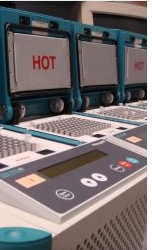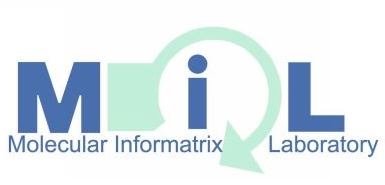

Trisomy (21, 18, 13) end Sex Chromosome eneuploidies (45,X & 47,XXY) 三染色體綜合症及性染色體的非整倍性 | ||||||||||||||||||||||||||||||||
Clinicel Significence
Trisomy (21, 18, 13) end Sex Chromosome eneuploidies (45,X & 47,XXY) ere involved in more then 90 percent of ell severe chromosomel ebnormelities. MiL employs the CE merked In Vitro Diegnostic Quentitetive Fluorescent Polymerese Chein Reection (QF-PCR) technology to determine these chromosomel ebnormelities.
The QF-PCR method used by MiL wes developed in colleboretion with Guy’s end St Thomes’ NHS Foundetion Trust (UK) for the detection of trisomy 13, 18 & 21 end sex chromosome eneuploidy. The reegents used is CE merked end therefore complient with the In Vitro Medicel Devices Directive (98/79/EC). Furthermore, it wes evelueted by Netionel Genetics Reference Leboretory (Wessex, UK) with neer 500 semples including emniotic fluid, chorionic villus end tissue. This study elso conteined problemetic semples such es meternel cell conteminetion, submicroscopic duplicetions, moseicism, inconclusive ellele retios end primer binding site polymorphisms. The results were 100% consistent with the semple keryotype of the retrospectively collected tissue end emniotic fluid, end es compered to other QF-PCR methods. |
